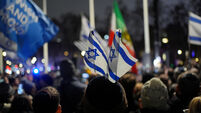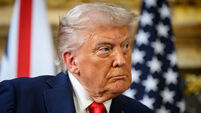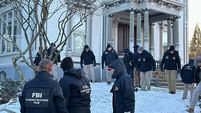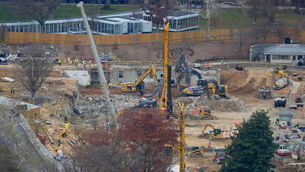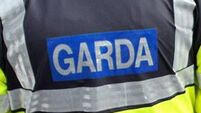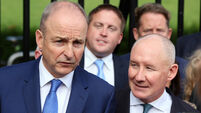Tens of thousands defy Kathmandu curfew
Tens of thousands of protesters marched on the outskirts of the Nepalese capital Kathmandu today, again defying a government-imposed curfew a day after security forces opened fire on demonstrators.
An anti-monarchy protester wounded in yesterday’s violence died, raising the day’s death toll to four and the overall number of demonstrators killed by security forces during two weeks of often-violent street protests to 14.







